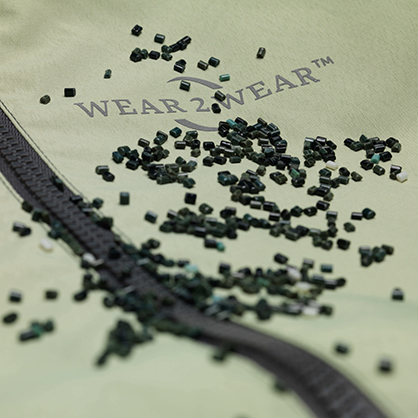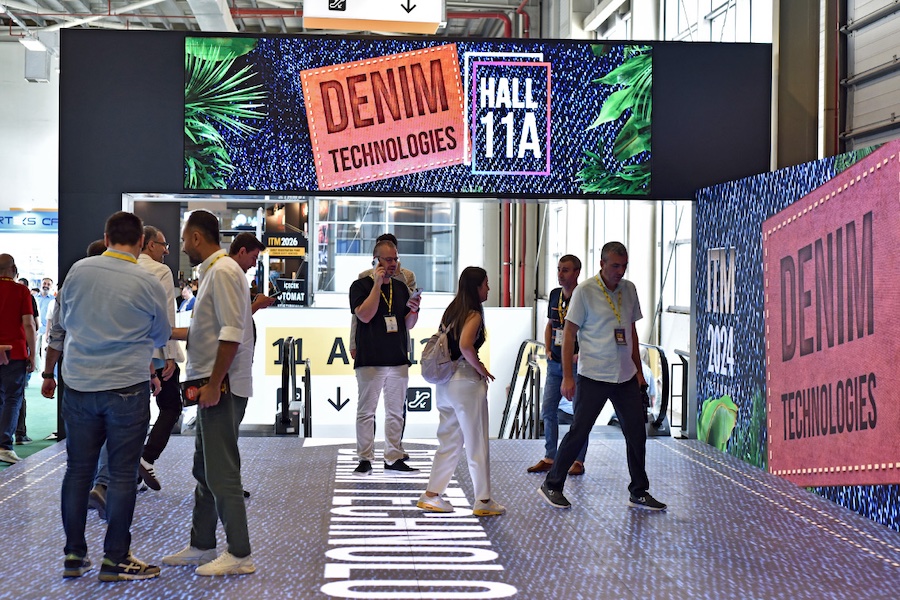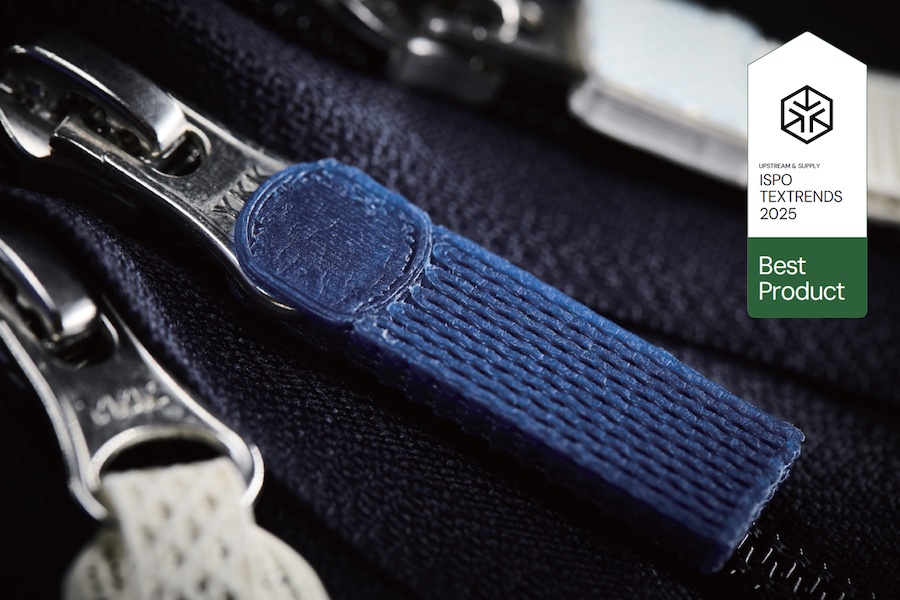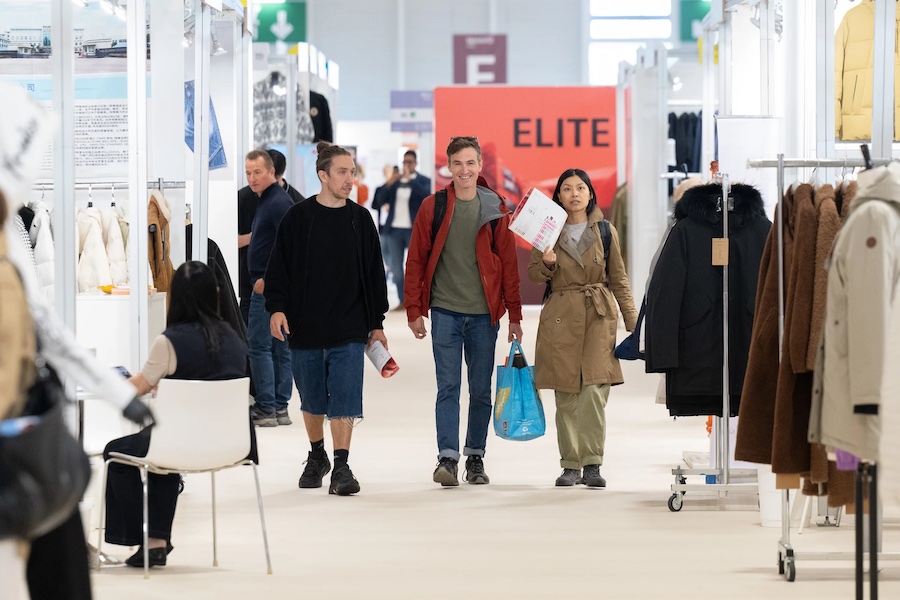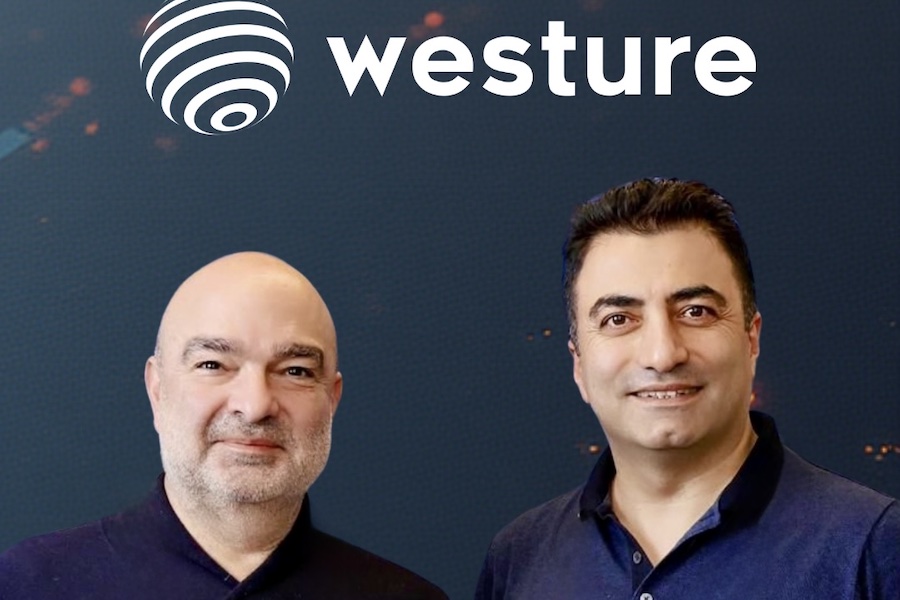#Textiles & Apparel / Garment
World premier during 2020 ISPO
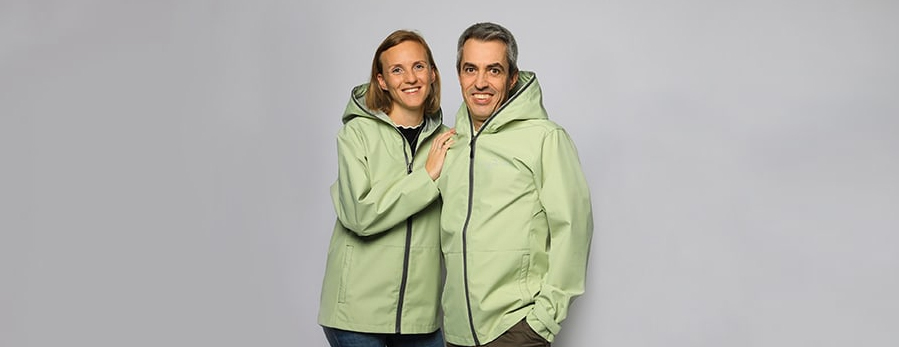
rEvolution Hybrid generated a lot of buzz on day three of the 2020 ISPO in Munich. The world’s first upcycled functional jacket made from 30 percent recycled used textiles and 70 percent recycled PET bottles is the latest development from wear2wearTM. The three-layer, high-performance jacket was developed and produced in collaboration with the European industry partnership, which meanwhile has grown to nine core members and three technology partners with the aim of rapidly closing the textile loop. This outdoor jacket offers not only maximum wearing comfort, but also EN 343-certified rain protection. Inspection of the sustainable and skin-friendly rEvolution Hybrid jacket is carried out by OEKO-TEX® und bluesign® in line with the stringent STANDARD 110. Two of the wear2wearTM founding members – Sympatex Technologies and Schoeller Textil – will have the jacket on display at their respective exhibit booths (hall 1, booth 300 / hall A1, booth 218).
rEvolution Hybrid: born from used textiles
The manufacturing process for the rEvolution Hybrid jacket begins by mechanically reducing used, 100 percent polyester (PES) textiles into fibers and converting them into granulate using an additional polymer melting process. The granulate is subsequently melted again and spun into new PES filament yarn. The yarns are then processed into textile polyester fabrics by Schoeller Textil AG and laminated together with the 100 percent recyclable polyetherester-based Sympatex membrane to create an unmixed, highly-functional and 100 percent waterproof functional textile that can be recycled again. The rEvolution Hybrid manufacturing process currently relies on 30 percent recycled used textiles. The remaining 70 percent is derived from PES yarns produced from recycled PET bottles. By using chemical upcycling processes, other substances such as PU adhesives can also be dissolved into a spinnable concentration so that they gradually vanish from the recycled textiles. The goal is to increase the percentage of recycled used textiles to 100 percent within the coming months.
Design2Recycle – the underlying concept of rEvolution Hybrid is unmixed materials
The Design2Recycle concept that was developed for the rEvolution Hybrid is based on a selection of low-seam cuts of materials that are as pure-grade as possible, in combination with unmixed ingredients and environmentally-compatible equipment and dyes that do not affect the recycling process.
“The de facto proportion of polyester materials within the entire textile industry already exceeds 50 percent. If you limit this to synthetic materials – still two-thirds of our industry – it even increases to 80 percent. It should be obvious that we have to try make it a priority to manufacture apparel from pure polyester materials, so that once the clothing is used, it can be recycled using a process that is easy to implement and cost-effective,” explains Dr. Rüdiger Fox.
“In other words, the hurdles involved in implementing a textile loop are much lower than generally assumed. The only thing holding back the creation of a waste-free synthetic clothing industry is the limits of our imagination – the collective will to make it happen as soon as possible,” says Fox.
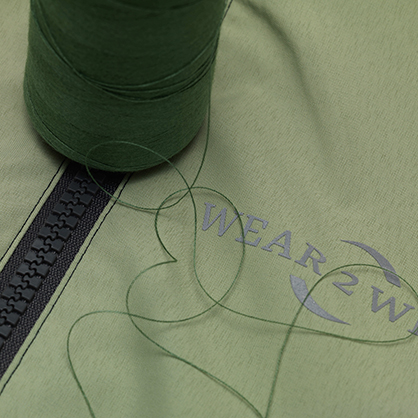
End of life – rEvolution Hybrid returns to the wear2wearTM loop
Using an integrated RFID chip, all wear2wearTM products, including the rEvolution Hybrid, are traceable and transparent for the consumer and the process partner. TEXAID, the new wear2wearTM partner, can determine if a clothing article belongs to the concept by reading the RFID chip. And partners such as CWS ensure the collection of used clothing from the rental business and the protective work clothing segment. Once the clothing has been collected, sorted and separated, it then finds its way to wear2wear™ partner Carl Weiske, which re-initiates the upcycling process through a special combination of mechanical and chemical methods. Using a water-soluble PVA (polyvinyl alcohol) yarn in the Design2Recycle process, non-recyclable residues can be cost-effectively removed without impacting the material. The yarn, which withstands the daily wear and wash cycle typical for outdoor and protective work clothing, first begins to dissolve at 100°C. After the raw materials are reprocessed, new PES filament yarn is created, which is then processed into new upcycled polyester fabrics. The wear2wearTM loop is closed and a new high-quality, sustainable functional textile can be created.
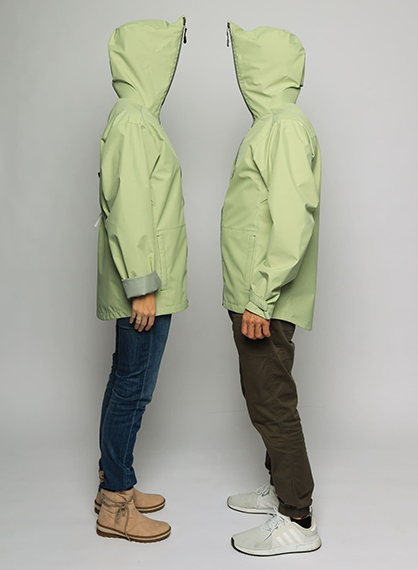
“The wear2wear™ collaboration is not about waiting until there is an optimal solution. The partners are continually improving the state of the technology together and constantly enhancing their capabilities. As a result we are assuming responsibility for making the world of textiles more sustainable, day-by-day and step-by-step. Perhaps you could describe us as realistic idealists,” says Hendrikus van Es, head of BU Protection Textiles and member of the executive board at Schoeller Textil.
“This is something that would nevertheless be impossible on our own. The only way to show how the entire textile loop works and ensure that clothing is responsibly manufactured and then recycled after it is used, is through partnerships and transparency,” adds van Es.
